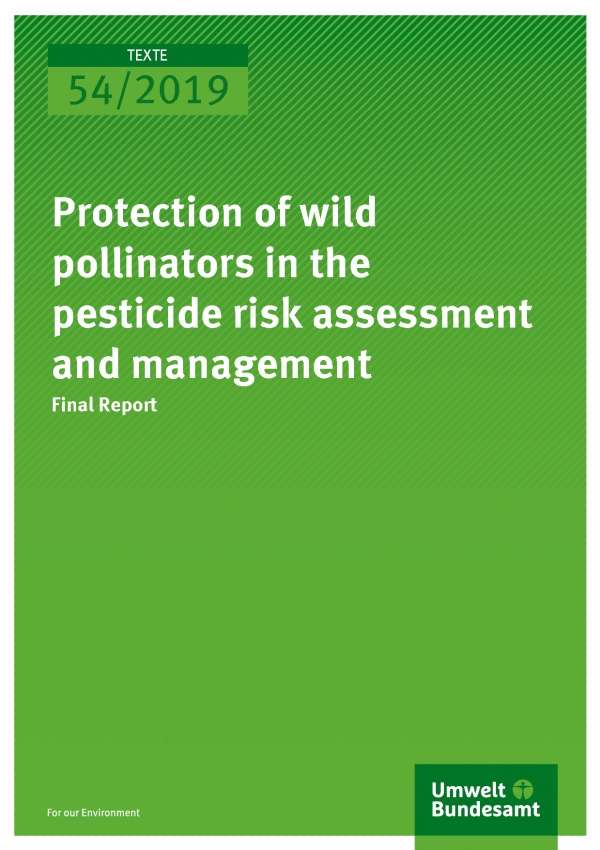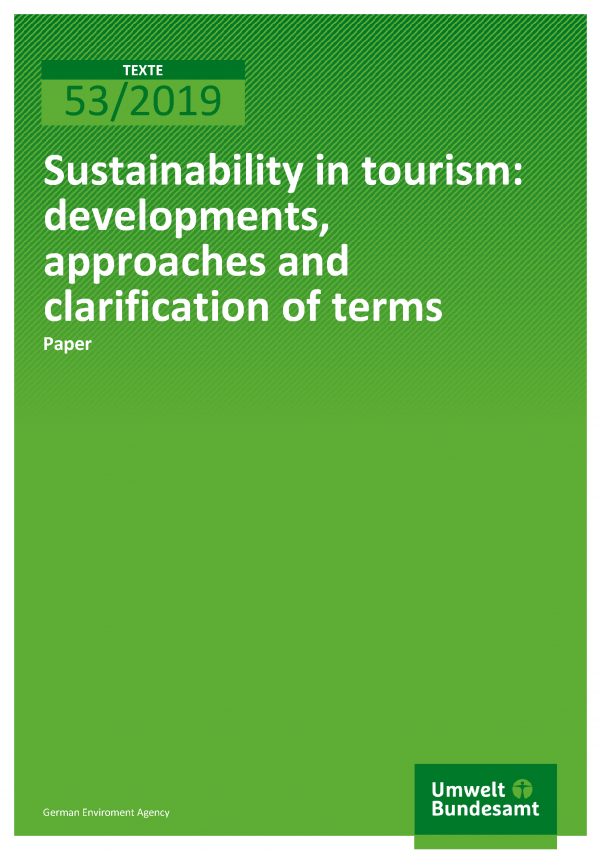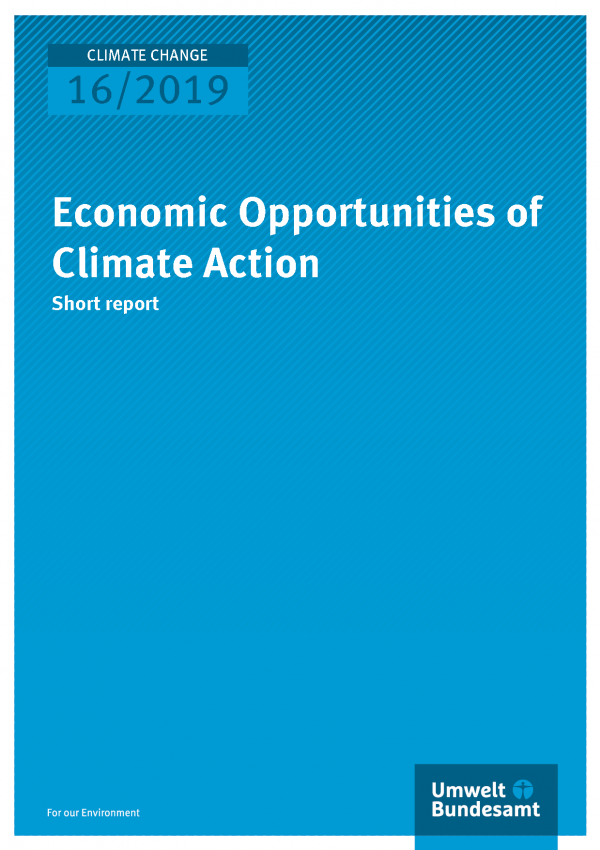Transport
Test scenarios for the determination of sound emissions
from road, rail, industry and the calculation of the propagation of sound (BUB), the calculation of environmental noise from airports (BUF) and assessment of the noise exposure of affected persons (BEB) according to Directive (EU) 2015/996
In order to improve the noise situation in Europe, the EU issued the Environmental Noise Directive (2002/49/EC) in 2002. Noise pollution is to be determined in noise maps by means of harmonized assessment methods. For this purpose, the EU has developed these methods under the acronym CNOSSOS-EU (Common Noise Assessment Methods in Europe) with the participation of the Member States. A quality assur...read more









